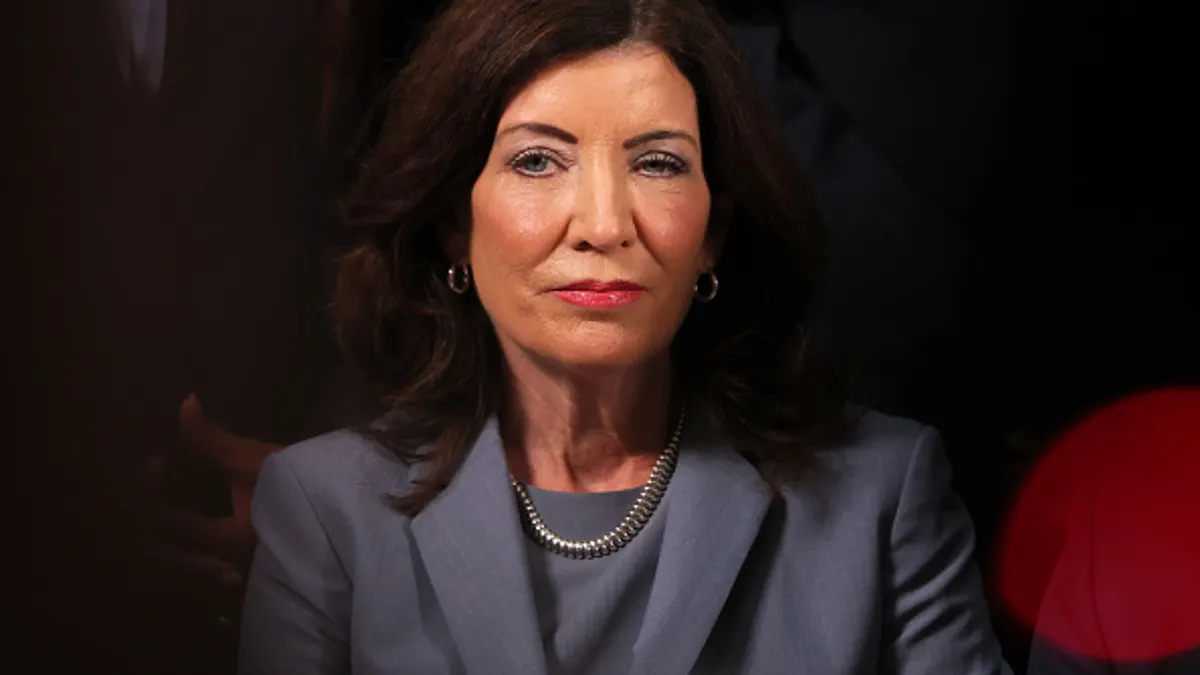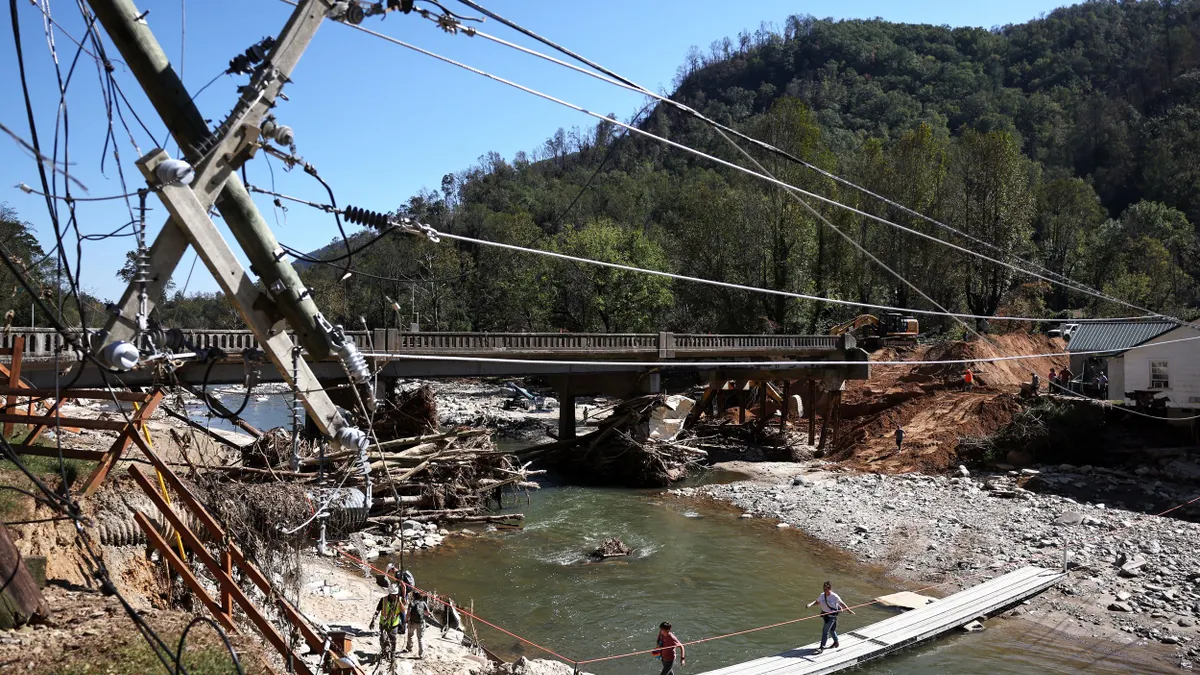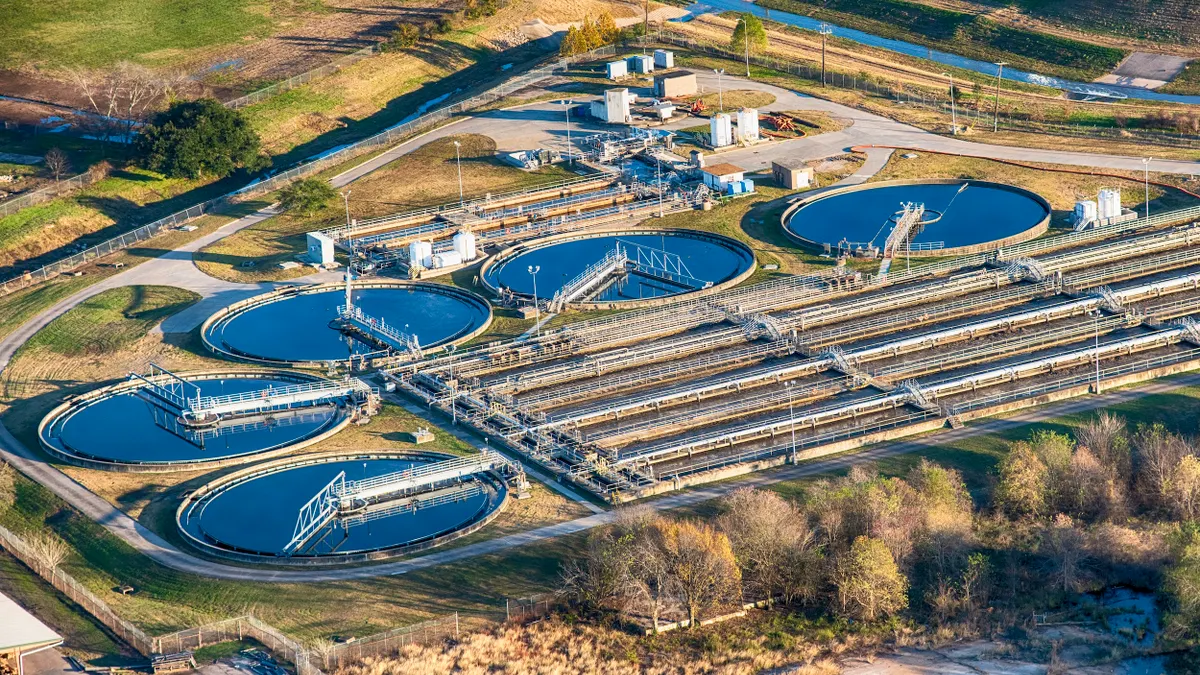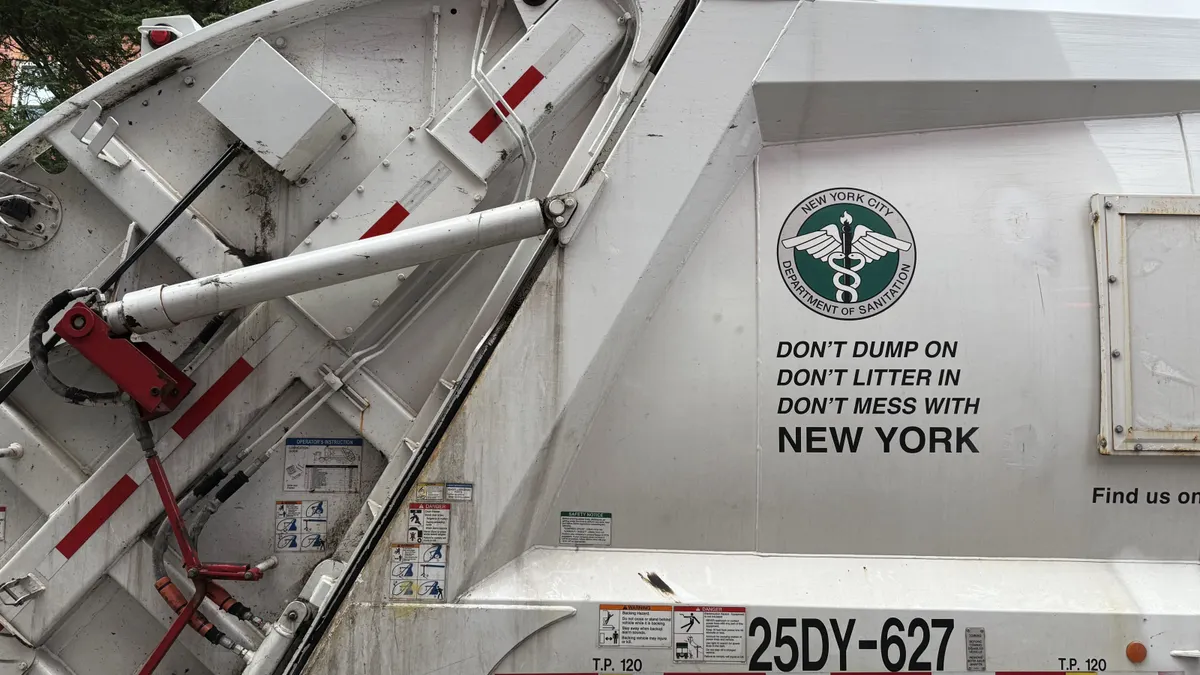President Donald Trump created a firestorm of reaction last week when he announced that the United States would pull out of the Paris Climate Accord.
When Trump said that he was "elected to represent the citizens of Pittsburgh, not Paris," reaction was swift and pretty clear: Most of Pittsburgh didn’t agree with Trump’s decision to withdraw from the agreement. Pittsburgh Mayor Bill Peduto quickly took to Twitter to defend his views and, later, penned an op-ed with Paris Mayor Anne Hidalgo outlining their commitment to action on climate.
As the Mayor of Pittsburgh, I can assure you that we will follow the guidelines of the Paris Agreement for our people, our economy & future. https://t.co/3znXGTcd8C
— bill peduto (@billpeduto) June 1, 2017
To develop some insight and understanding into how Pittsburgh, a city made famous for coal and steel, has become a city of clean technology and environmental consciousness, Smart Cities Dive spoke with City of Pittsburgh Chief Resilience Officer Grant Ervin. Here are the highlights:
SMART CITIES DIVE: What was your reaction to the president announcing his intent to withdraw from the Paris Agreement, and his invoking of 'Pittsburgh, not Paris' in his statement?
GRANT ERVIN: My reaction when we had heard about the president deciding to leave the Paris agreement was, obviously, kind of disappointment and a little bit of shock, because you see the value of what the agreement does in bringing the world together in terms of one of the challenges we’re facing. Leaving was a bit of a shock and a surprise.
When he invoked Pittsburgh as a part of his analogy, I kind of understand that he probably had a screenwriter that was probably trying to make the alliteration connection between Pittsburgh and Paris. But Pittsburgh has become a kind of poster child, if you will, of what taking effective climate action can do. Our environment and our economy and our health and our wellbeing are all interconnected.
"But Pittsburgh has become a kind of poster child, if you will, of what taking effective climate action can do."

Grant Ervin
Chief Resilience Officer, City of Pittsburgh
How do you mean? How is Pittsburgh that 'poster child,' as you said? Walk me through Pittsburgh's transition from steel and coal to sustainability.
ERVIN: The story of Pittsburgh's resurgence really began around the need to reduce pollution and improve our air quality.
It’s not an overnight story, right? The transition really began in the mid-twentieth century with then-Mayor David Lawrence, when we started to develop our own clean air acts and transitioning fuel sources from coal to heat homes and businesses in the city. It began with Rachel Carson and the work that she lead in terms of environmental advocacy and the environmental impacts of chemicals. This isn’t something that just happened the other day, this has been a work in progress.
What's the transition been like?
ERVIN: That transition hasn’t been without its hiccups and it still isn't without our deficiencies, like a lot of cities today. Within that transition is the recognition of the shared ethos we have to help improve our environment and not to just help the present but to help the future. The line isn’t a straight line, it’s a process of continual improvement.
The smart cities approach has been a big piece of our transformation. And the other piece has been around our P4 initiative, which stands for "people, planet, place, and performance." Really, at the core, is the recognition that the people that we work with and serve, which are residents and our neighbors...how do we approach projects with people in mind and really put people first in terms of the decisions we make and the stewardship we’re entrusted with?
What sort of specific things has Pittsburgh been doing to become a smart, sustainable city?
ERVIN: There are a couple of things that have been really seminal in the last couple of years under the mayor’s leadership, [like] the city’s first resilience strategy. Our resilience strategy is really kind of strategic roadmap that incorporates a host of aspects, from climate and energy and workforce development to looking at things like public health initiatives that can help strengthen the city by reducing risks.
I just came from a workshop where we're discussing the increase in renewable assets here in the region, so providing more renewable power, and how we enable the use of community and rooftop scale solar as part of our energy mix.
What can you do, or what do you do, to explain that to people on the local, regional and even global scale? It seems like more than just a few people were a little surprised to hear how smart and resilient Pittsburgh is and is becoming.
ERVIN: It’s doing conversations like this, being able to share our story. A lot of our efforts are really focused on the residents, citizens and our businesses, and getting everyone to be a participate. We’re coming out at the end of July with our climate action plan. These are efforts that required a large amount of civic engagement — going to community organizations and trade organizations and listening to their input.
This is resident- and neighbor-lead. These are things that our residents are asking for and they’re part of the solutions, too.
Is there anything else you've been thinking about, or that you'd want to share with people?
ERVIN: We’re not alone in this kind of community of the world that is increasingly connected. It needs to be, in order to solve some of these challenges. I think that’s one of the biggest recognition we’ve had in sharing our story.
"We’re not alone in this kind of community of the world that is increasingly connected."

Grant Ervin
Chief Resilience Officer, City of Pittsburgh
The solutions end of it, this conversation around smart cities and sustainable cities and resilient cities, is really kind of related and interconnected into itself. Through our work in smart cities, which for us, there are tons of definitions out there, but it’s really how do you take info and management to improve the services you provide to make a better quality of life. It’s in that that you’re encouraging more resilience and enhancing sustainability.



















